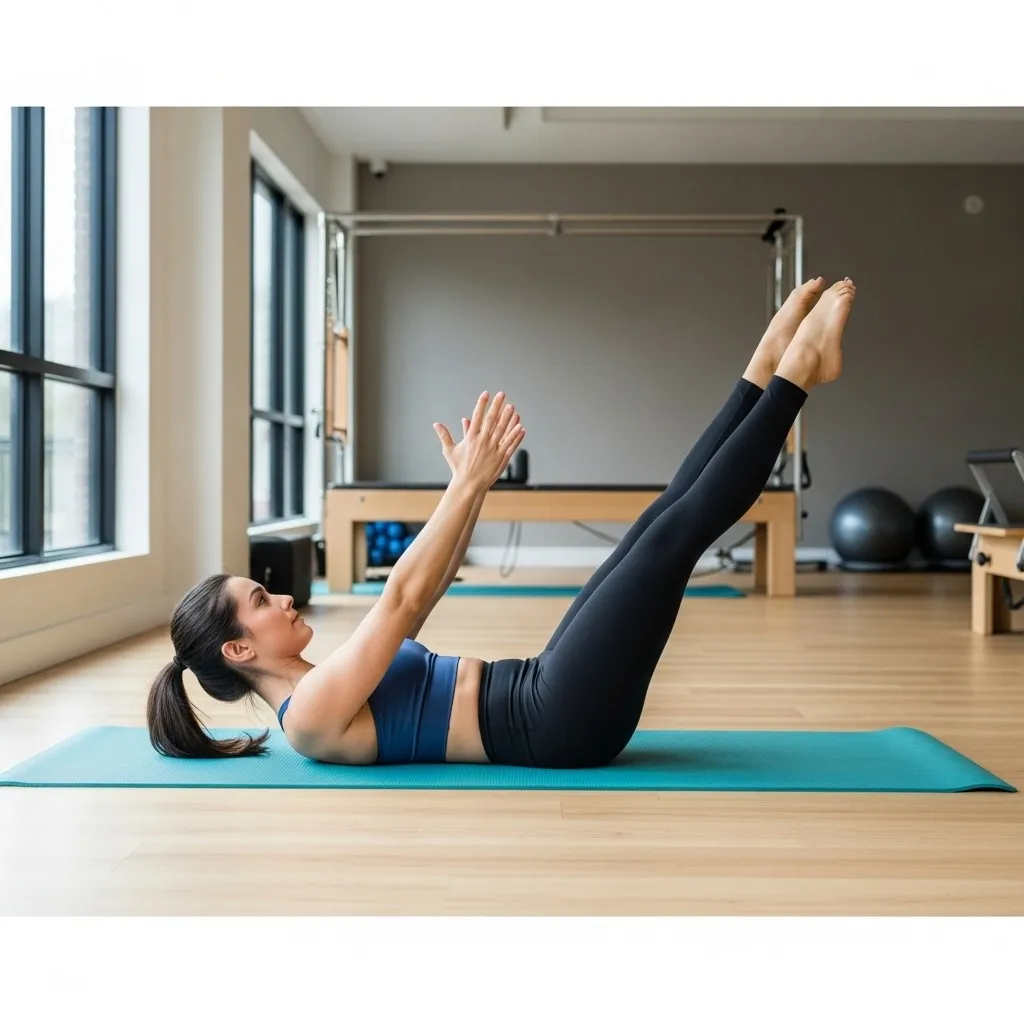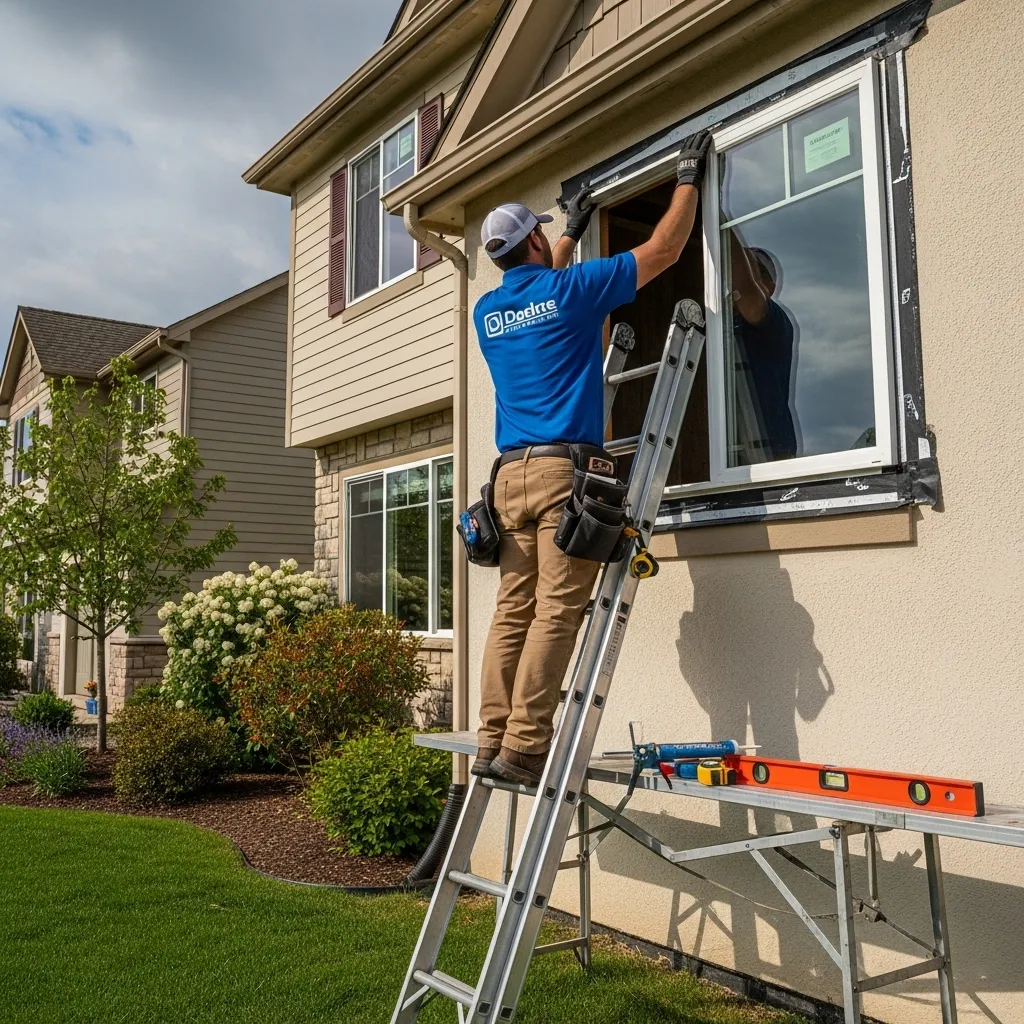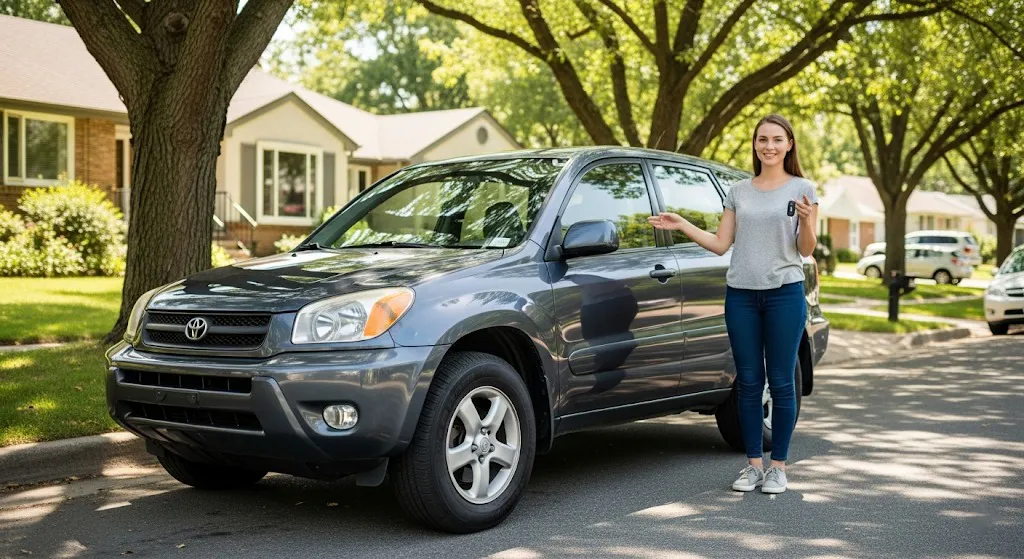Pilates Exercises for Core Strength: The Ultimate Guide
Building a strong core is more than just sculpting abs - it’s about improving posture, balance, and total body performance. Among the most effective methods for strengthening the core is Pilates. Designed over a century ago by Joseph Pilates, this practice emphasizes controlled movements, breathing, and alignment. In this comprehensive guide, we’ll explore the best Pilates exercises for core strength, explain their benefits, and show you how to integrate them into your daily routine.

Introduction to Pilates and Core Training
Pilates exercises for core strength are centered on controlled movements that engage the deep abdominal muscles, lower back, hips, and glutes. Unlike traditional ab workouts that may focus only on crunches or sit-ups, Pilates offers a holistic approach. It strengthens not only the surface muscles but also the stabilizing muscles that protect the spine and improve overall mobility.
The practice of Pilates can be done on a mat with little to no equipment, or with specialized machines like the Reformer. Both methods target the same principles: breathing, precision, flow, and concentration. For beginners, starting with mat-based Pilates core exercises is the most accessible way to build a foundation of strength and stability.
The Importance of Core Strength in Everyday Life
Your core is more than just your abs. It includes the diaphragm, obliques, pelvic floor, and the muscles along your spine. A strong core improves posture, reduces back pain, and enhances athletic performance. Every movement you make - from bending to lift something, to sitting at a desk - relies on the core muscles.
Practicing Pilates exercises for core strength not only tones the midsection but also trains the body to move efficiently. This functional strength translates into better balance, reduced injury risk, and more confidence in physical activities.
Benefits of a Strong Core
- Improved spinal alignment and posture
- Greater stability and balance
- Enhanced athletic performance
- Reduced risk of injuries, especially in the lower back
- Improved breathing and circulation
Getting Started with Pilates for Core Strength
Before jumping into advanced routines, it’s essential to understand the basics of Pilates. The foundation of all Pilates core exercises lies in controlled breathing, precise movement, and awareness of body alignment. Beginners should focus on simple exercises that engage the core without overwhelming the body.
Key principles include concentration, control, centering, precision, breath, and flow. By following these six Pilates principles, practitioners maximize the benefits of each exercise while preventing strain or injury.
Essential Preparation
- Use a supportive yoga or Pilates mat for cushioning
- Wear comfortable clothing that allows flexibility
- Focus on deep, diaphragmatic breathing during each movement
- Engage the abdominal muscles at all times
Best Beginner Pilates Exercises for Core Strength
If you are new to Pilates exercises for core strength, start with basic movements that teach you how to activate and engage your muscles. These exercises are suitable for all fitness levels and can be performed at home without equipment.
The Hundred
The Hundred is one of the most iconic Pilates exercises. It warms up the body, increases circulation, and strengthens the abdominals.
How to Perform:
- Lie on your back with knees bent and lifted to tabletop position
- Lift your head, neck, and shoulders off the mat
- Extend arms by your sides and pump them up and down while inhaling for 5 counts and exhaling for 5 counts
- Repeat until you reach 100 pumps
Single-Leg Stretch
This exercise strengthens the abdominals while improving coordination and flexibility.
How to Perform:
- Lie on your back with knees bent into your chest
- Lift your head and shoulders, extending one leg out at a time
- Hold the bent knee with both hands, switching legs with each breath
Intermediate Pilates Core Exercises
Once you’ve mastered beginner moves, progress to intermediate Pilates exercises for core strength. These challenge stability, coordination, and flexibility even more.
Double-Leg Stretch
This move targets the abdominals while lengthening the body through dynamic movement.
How to Perform:
- Start in the same position as Single-Leg Stretch
- Extend both arms overhead and both legs out straight
- Sweep arms back around to hold the knees again
Criss-Cross
A Pilates twist on traditional bicycle crunches, focusing on the obliques.
How to Perform:
- Lie on your back, hands behind your head
- Bring opposite elbow to opposite knee while extending the other leg
- Switch sides in a controlled, slow motion
Advanced Pilates Core Challenges
For those seeking a greater challenge, advanced Pilates exercises for core strength push the limits of endurance, flexibility, and control.
Teaser
A full-body move that builds balance and core power.
How to Perform:
- Lie on your back with legs extended
- Lift both legs and torso simultaneously into a “V” position
- Hold for a few seconds, then lower with control
Scissors
This exercise strengthens the abdominals while stretching the hamstrings.
How to Perform:
- Lie on your back, legs extended upward
- Pull one leg toward you while extending the other leg away
- Switch legs with each breath
Using Pilates Equipment for Core Strength
While mat-based exercises are effective, incorporating equipment such as the Pilates Reformer, stability ball, or magic circle can enhance results. These tools add resistance, balance challenges, and variety to your routine.
For example, the Reformer allows for dynamic, supported movement that strengthens the core while reducing strain on the joints. A magic circle intensifies core engagement during exercises like the Hundred or Roll-Up.
Pilates Routines for Core Strength
Designing a structured routine ensures progress and balance. A 20–30 minute sequence of Pilates core exercises performed three to four times per week can deliver visible results in strength, stability, and posture.
Sample Routine
- The Hundred – 1 set
- Single-Leg Stretch – 8 to 10 reps per side
- Double-Leg Stretch – 8 to 10 reps
- Criss-Cross – 10 reps per side
- Teaser – 5 reps
- Scissors – 8 reps per leg
Tips for Maximizing Core Strength with Pilates
Success with Pilates exercises for core strength depends on consistency, form, and mindfulness. Unlike high-intensity workouts, Pilates rewards precision over speed. Here are some tips to maximize benefits:
- Practice regularly - at least 3 times per week
- Prioritize quality of movement over quantity
- Combine Pilates with strength training and cardio for balance
- Stay mindful of breathing and alignment in every exercise
Common Mistakes to Avoid in Pilates
Even simple Pilates core exercises can be ineffective or even harmful if performed incorrectly. Some common mistakes include:
- Holding your breath instead of breathing deeply
- Pulling on the neck during abdominal exercises
- Relying on momentum instead of controlled movement
- Neglecting alignment of the spine and pelvis
Correcting these mistakes ensures safety and maximizes results.
Conclusion: Strengthening Your Core Through Pilates
Pilates exercises for core strength are a powerful way to build stability, improve posture, and enhance total-body fitness. Whether you’re a beginner practicing the Hundred or an advanced student perfecting the Teaser, Pilates offers a lifelong system of training that evolves with you.
By practicing consistently, focusing on form, and progressing gradually, you’ll not only sculpt a stronger core but also enjoy improved balance, reduced back pain, and greater confidence in movement. Pilates is more than exercise - it’s a method of living with strength, grace, and control.











